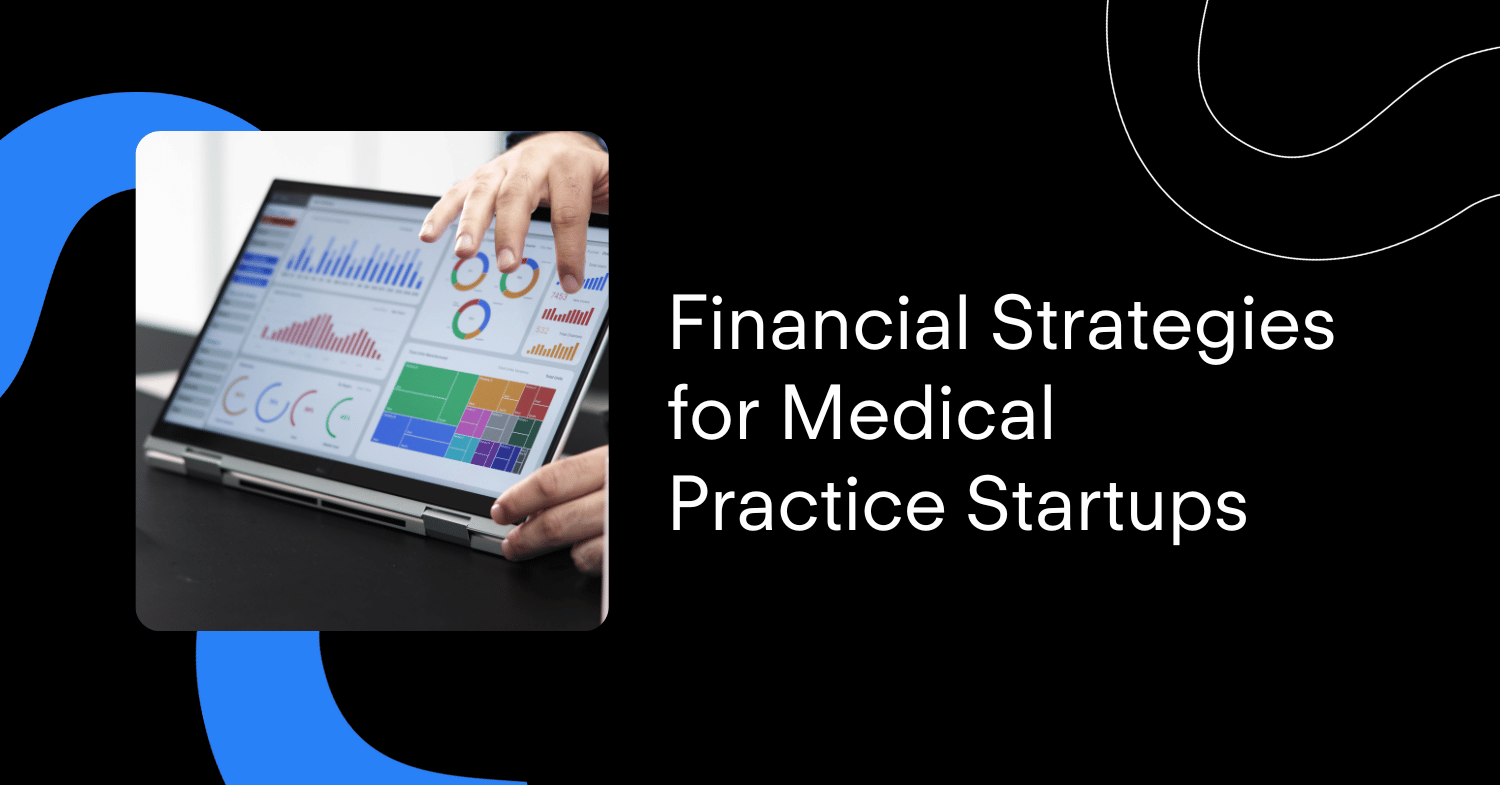Launching a new medical practice is an exciting endeavor, filled with the promise of providing quality care and building a successful healthcare business. However, the journey from concept to reality is fraught with challenges, particularly in the realm of finances and related medical practice startup funding. One of the most critical aspects of starting a medical practice is managing startup costs, which can be substantial. Medical practice loans can play a pivotal role in ensuring that you have the financial resources necessary to establish a thriving practice from the outset.
Understanding the Scope of Startup Costs
Starting a medical practice involves a myriad of expenses, many of which are unique to the healthcare industry. Unlike other businesses, medical practices require specialized equipment, highly trained staff, and a facility that meets stringent regulatory standards. Here are some of the key areas where startup costs can quickly add up:
- Staffing Costs: Hiring and training staff is one of the largest initial expenses for a medical practice. From administrative personnel to nursing staff, each role is essential to the smooth operation of your practice. Additionally, investing in ongoing training and professional development is crucial to maintaining a high standard of care.
- Equipment and Supplies: Medical practices require a wide range of equipment, from basic office supplies to specialized medical devices. The cost of purchasing and maintaining this equipment can be significant. For example, diagnostic tools, examination tables, and electronic health record (EHR) systems are all essential investments.
- Office Space Setup: Securing and setting up your office space is another major expense. This includes lease or purchase costs, renovations, and furnishings. The design and layout of your practice must meet both patient needs and healthcare regulations, which can drive up costs.
- Marketing and Branding: In today’s competitive healthcare landscape, effective marketing is essential for attracting and retaining patients. This includes creating a brand identity, developing a website, and implementing online and offline marketing strategies. These efforts require both time and money but are crucial for establishing your practice in the community.
- Legal and Regulatory Compliance: Navigating the complex legal and regulatory landscape of healthcare can be costly. From securing licenses to ensuring compliance with health and safety regulations, these expenses are unavoidable. Additionally, you may need to invest in legal and consulting services to ensure that your practice meets all necessary standards.
The Role of Medical Practice Loans
Given the significant costs involved in starting a medical practice, securing adequate financing is essential. Medical practice loans are specifically designed to help healthcare professionals cover the initial expenses of launching a practice. These loans offer several advantages:
- Access to Capital: Medical practice loans provide access to the capital needed to cover upfront costs, allowing you to focus on building your practice rather than worrying about finances. This includes everything from staffing and equipment to office space and marketing. Medical receivables factoring is a risk-free type of financing that is tailored for the independent practice.
- Flexible Repayment Terms: Many lenders offer flexible repayment terms tailored to the unique needs of healthcare professionals. This can include deferred payment options, interest-only payments during the initial phase, and longer repayment periods to align with your practice’s cash flow.
- Competitive Interest Rates: Lenders often offer competitive interest rates for medical practice loans, recognizing the stability and growth potential of healthcare businesses. This can make these loans more affordable compared to other types of business financing.
- Support for Growth: In addition to covering startup costs, medical practice loans can also support the growth and expansion of your practice. Whether you’re looking to hire additional staff, expand your facilities, or invest in new technology, these loans can provide the financial backing needed to achieve your goals.
Planning for Long-Term Success
While medical practice loans can provide the financial foundation needed to start your practice, it’s essential to approach them with a clear plan. Careful budgeting and financial planning are crucial to ensuring that your practice remains financially viable in the long term. This includes:
- Developing a Comprehensive Business Plan: A well-thought-out business plan will help you map out your practice’s financial needs and identify potential challenges. This plan should include detailed projections for revenue, expenses, and cash flow.
- Monitoring Financial Performance: Regularly monitoring your practice’s financial performance is essential for staying on track. This includes keeping an eye on key financial metrics such as profit margins, accounts receivable, and operating expenses.
- Building a Financial Cushion: Finally, it’s important to build a financial cushion to protect your practice from unexpected expenses or revenue shortfalls. This can include setting aside funds for emergencies or establishing a line of credit for short-term financing needs.
To effectively manage these aspects of your practice, partnering with a solution that offers tailored financial insights and strategic guidance is crucial. Thrivory provides healthcare businesses with the tools and expertise needed to navigate the complexities of financial planning and practice management. With Thrivory, you gain access to comprehensive business analytics, financial planning services, and personalized support that can help your practice not only survive but thrive in a competitive landscape. Whether you’re looking to optimize cash flow, monitor key performance indicators, or develop a robust financial strategy, Thrivory stands out as an attractive solution for ensuring the long-term success of your medical practice.
Conclusion
Starting a medical practice is a significant financial undertaking, but with careful planning and the right financing, it is entirely achievable. Medical practice loans offer a valuable resource for covering the substantial costs involved in launching a practice, allowing you to focus on what matters most: providing excellent care to your patients. By understanding the scope of startup costs and leveraging the benefits of medical practice loans, you can set your practice on the path to long-term success.

